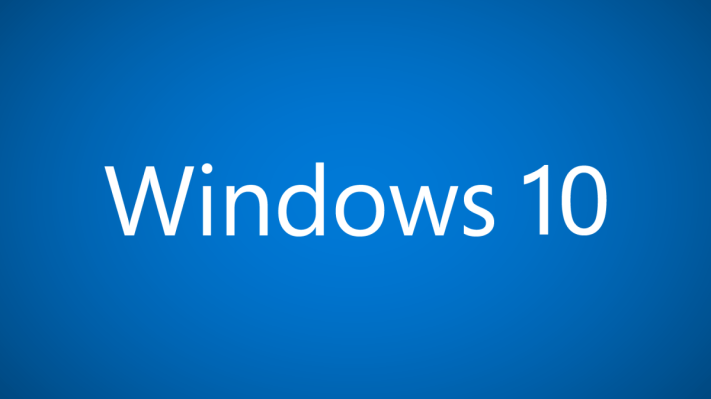The newly named ‘Windows 10 Mobile’ picked up an update from Microsoft today, including a number of new features and device support. The new build, 10080, also includes support for the first non-Lumia Windows Phone, the HTC One.
Most important to the new build is its inclusion of a “first look” at the Windows Store for mobile. Microsoft is working to build a single store to support all Windows 10-based devices, to provide a better market for developers. The company has broad goals for the store. From its blog post today, here’s the company explaining how diverse the store will become:
We’re also adding music, movies and TV shows into the Store for you to purchase and access across all your devices. Movies & TV page is functional. Music is not available in this build but will be coming soon. And just like on PC, the current Windows Store remains available in this build.
The inclusion of the Windows Store allows Microsoft to deliver its universal Office apps through the store. Knock yourself out, dear reader.
Aside from the Office code, build 10080 brings an Xbox app, a music app, a new camera app, and a video app. In short, the operating system is now much more fully featured out of the box. (My Windows Phone device, now finally supported, is at my office while I am heading to a lunch meeting. Images and hands-on notes to follow.)
Microsoft noted today that, yes, Windows 10 Mobile is coming out after Windows 10 for personal computers. Here is the latest verbiage [emphasis mine]:
At the Build conference a few weeks ago, Joe Belfiore spoke to a group of press and elaborated a bit more on timing for other devices including phones. Because we’re treating Windows more like a service, this allows us to release Windows 10 on different devices and customers at different times. For phones, Windows 10 will arrive later this year – both on new devices and also upgrades for existing Windows Phone 8.1 devices. Even though Windows 10 will be arriving for phones later than it does for PCs, the underlying OS code is still the same.
So, the same strategy as before, just tiered out a bit to make sure code that ships is the code that should ship.
